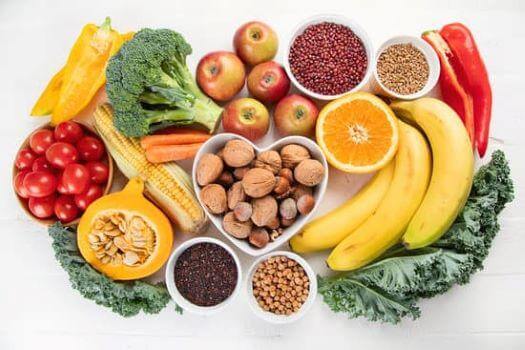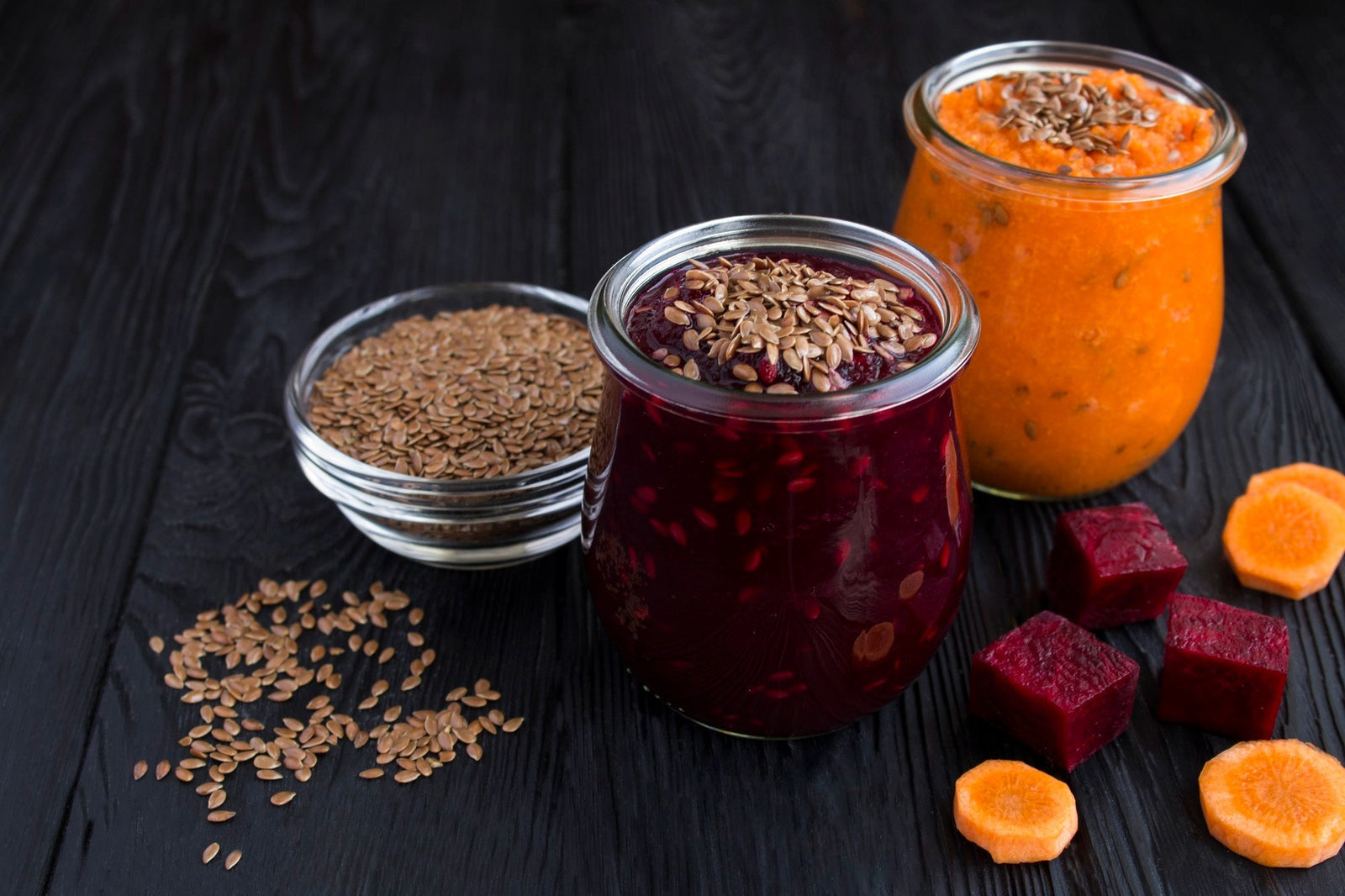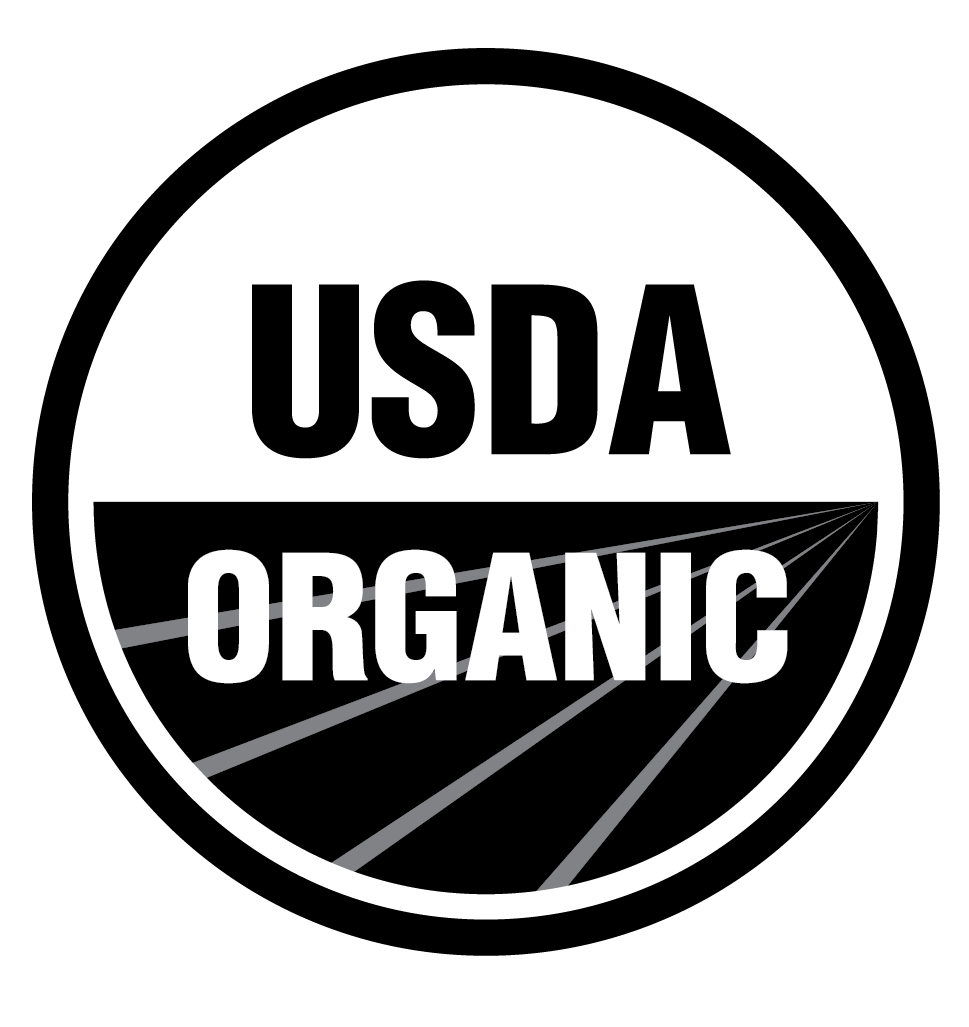
January 18, 2017 2 min read
While the common denominator is that neither type of fiber is absorbed by the body, the difference lies in their varying properties when either type is mixed with water. Here we can look at how each type of fiber consumption can benefit the body.
What Is Soluble Fiber?
As the name indicates, soluble fiber dissolves in water. When mixed with water, fiber forms a gel-like substance and swells. This feature of gelling slows down digestion and delays the emptying of the stomach. As a result, an individual will feel fuller longer which is why incorporating soluble fiber into the diet can assist in weight management.
At the same time, gradual stomach emptying may also be beneficial in regulating blood glucose levels and have a positive effect on controlling diabetes. Soluble fiber is also known to lower LDL blood cholesterol by inhibiting the assimilation of dietary cholesterol.
Some good sources of soluble fiber include oats, oatmeal, barley, flax seeds, legumes, fruits, and vegetables.
What Is Insoluble Fiber?
Insoluble fiber, on the other hand, neither absorbs nor dissolves in water. Instead, it passes through the digestive tract relatively intact and speeds up the movement of food through the digestive tract. Insoluble fiber is particularly effective in promoting intestinal health, triggering a laxative effect. Concerns like regulating constipation and reducing the risk of hemorrhoid occurrence may be addressed effectively by introducing more insoluble fiber into the diet.
In addition, insoluble fiber also adds bulk to the diet.
Most of the insoluble fiber is acquired from whole grains, the bran layers of cereal grains, and some vegetables. Some good sources include whole wheat, wheat bran, couscous, bulgur, brown rice, and corn bran. Among vegetables, insoluble fiber may be sourced from zucchini, celery, broccoli, green beans, and an assortment of leafy vegetables.
Unless there are health concerns involved, including a variety of fiber-rich foods into the diet is always a good idea, regardless of the type of fiber. For individuals trying to meet certain medical criteria, doctors may recommend one or the other type of fiber, based on individual needs.
❤ Try our USDA certified organic products ❤
Related Blogs:
Thanks for reading this Be Still Farms Blog article. To sign up for more news/articles and/or recipes, click here. For more about us, click here. To shop our certified organic products, click here.
Please comment and share and we look forward to serving you in the future!
Comments will be approved before showing up.

January 27, 2025 3 min read
Flaxseed, the tiny yet powerful superfood, is packed with nutrients that can support weight loss. From curbing hunger to stabilizing blood sugar, this guide dives into the science of how flaxseed can help you shed those extra pounds.

December 11, 2024 3 min read
Discover three quick and easy soup recipes featuring organic small red beans. From a classic vegetable soup to a creamy potato blend, these wholesome recipes are perfect for chilly days and busy weeknights. Packed with flavor and nutrition, these soups will warm your heart and soul this winter!

December 06, 2024 3 min read
This vibrant and nutritious Green Lentil Salad combines tender lentils with grilled chicken, fresh vegetables, and a zesty lemon dressing. Packed with protein, fiber, and essential vitamins, it’s the perfect healthy meal for any time of day.
© 2025 Be Still Farms- Real, Fine Organics.
Privacy | Terms | Refund Policy | Organic Certification
